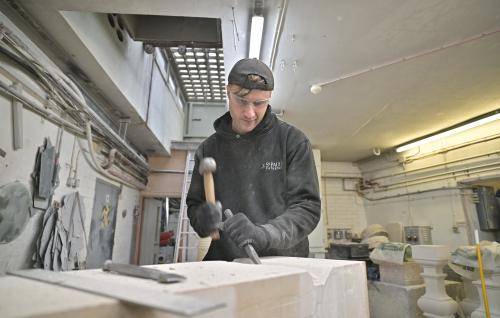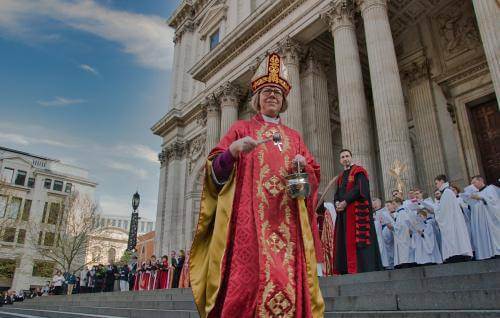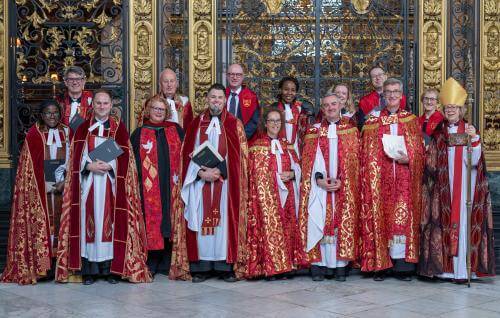New plaques unveiled in Crypt dedicated to health pioneers Kofoworola Abeni Pratt and Professor Sir James Black
New plaques unveiled in Crypt dedicated to health pioneers Kofoworola Abeni Pratt and Professor Sir James Black
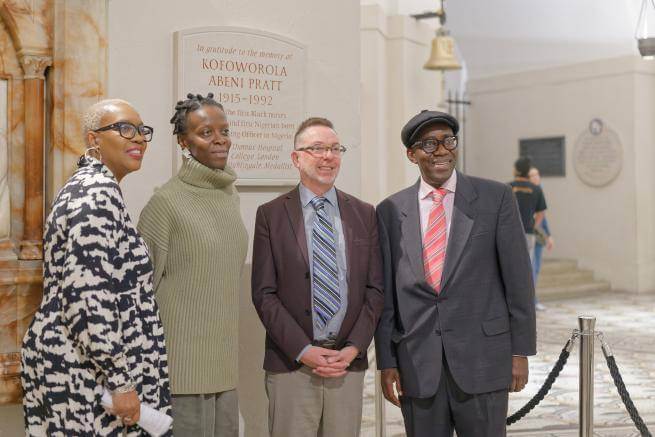
Kofoworola Abeni Pratt (1915-1992) was a trailblazing nurse and healthcare leader. In 1946, Pratt moved to London and trained at the Nightingale School, at St Thomas’ Hospital and now part of King’s College London, becoming the first Black student there. She then became one of the first Black nurses in the NHS, and in 1965 was appointed the first Nigerian-born Chief Nursing Officer in Nigeria. Her achievements earned her the Florence Nightingale Medal and Fellowship of the Royal College of Nursing.
Sir James Black (1924-2010) was a Nobel-winning pharmacologist, developing propranolol, the first beta-blocker, and cimetidine, the first histamine H2 antagonist. These drugs revolutionised the treatment of angina, hypertension and stomach ulcers, and his work laid the foundation for analytical pharmacology, reshaping drug development in the late 20th century. He received the Wellcome Gold Medal in 1997 and was awarded the Order of Merit, the UK’s highest honour, in 2000.
A small service took place in the Cathedral’s OBE Chapel, before the unveiling was led by the Dean of London, the Very Reverend Andrew Tremlett.
Dr Olamidé Pratt, granddaughter of Kofoworola Abeni Pratt, and Lady Black, wife of Sir James Black, each unveiled their family members' plaques with the Vice Chancellor of King’s College London, Professor Shitij Kapur and Dean of King’s College London, Revd Dr Ellen Clark-King also in attendance.
Carved by the Cathedral’s stonemasons, these memorials also highlight St Paul’s’ commitment to championing and preserving heritage craft skills.
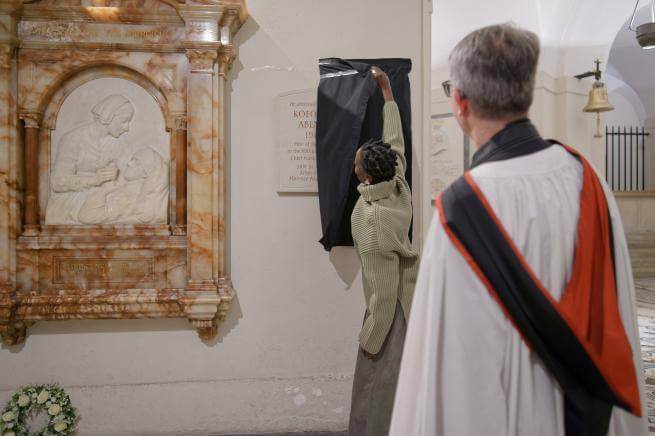
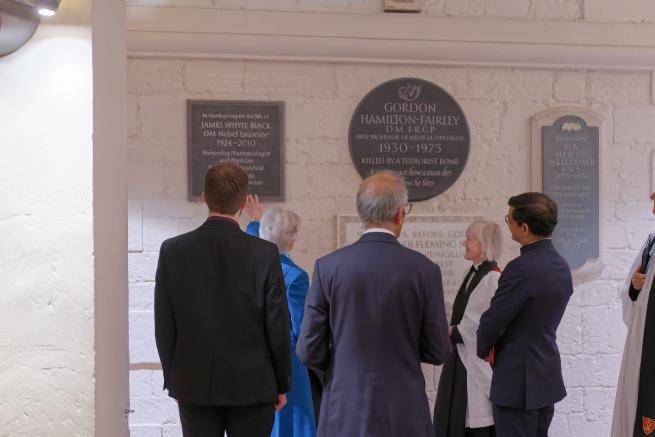
The Very Revd Andrew Tremlett, Dean of St Paul’s Cathedral, said:
“It is truly an honour to welcome the families of Kofoworola Abeni Pratt and Sir James Black to dedicate their plaques.
“The word ‘trailblazer’ can be overused. But Kofoworola and James were two real pioneers whose ground-breaking work transformed lives and reshaped the future of treatment and healthcare. From breaking barriers in nursing to revolutionising medical treatment, their contributions continue to echo across generations.”





